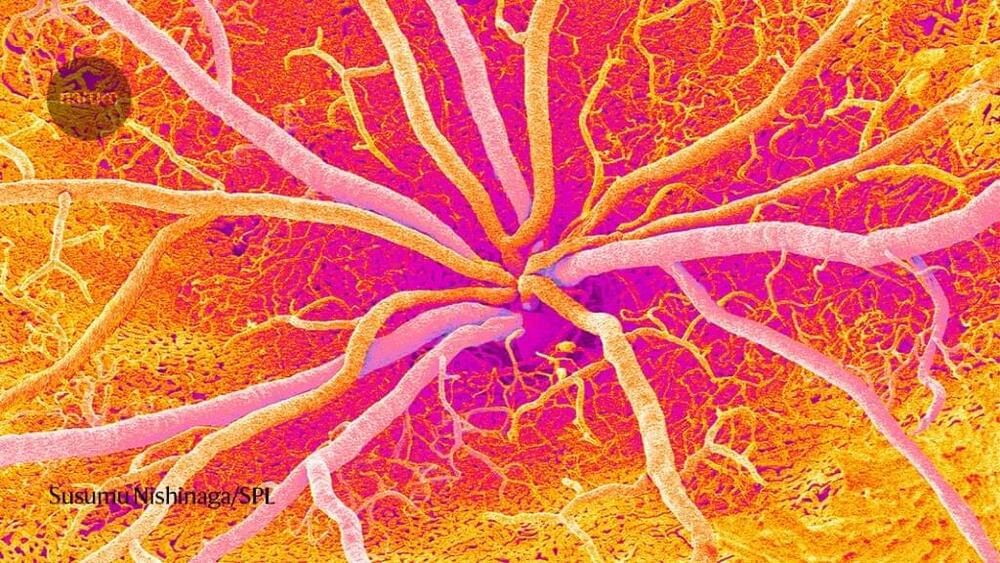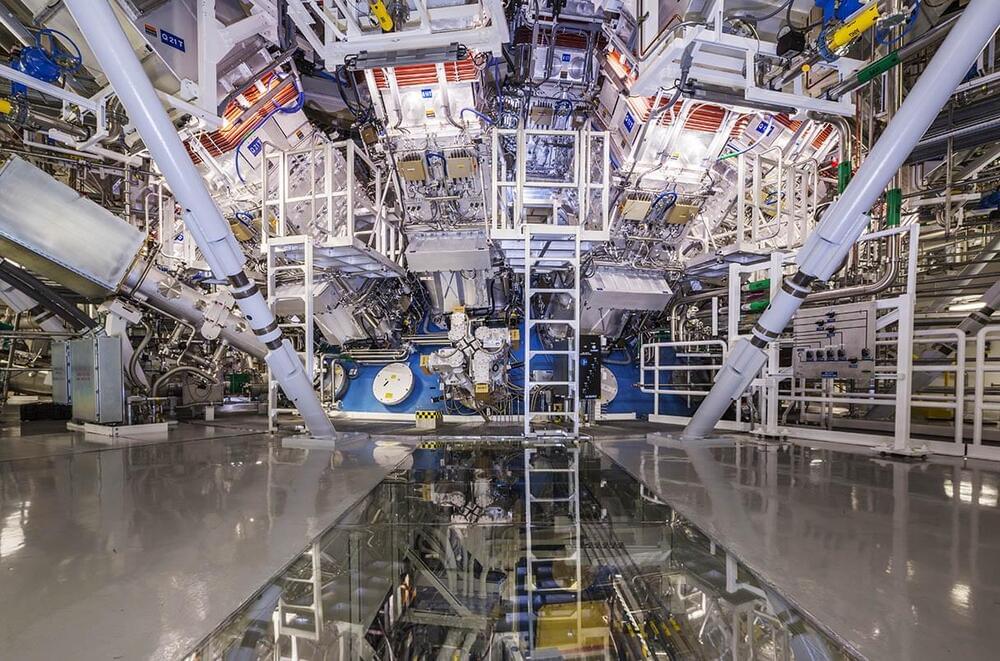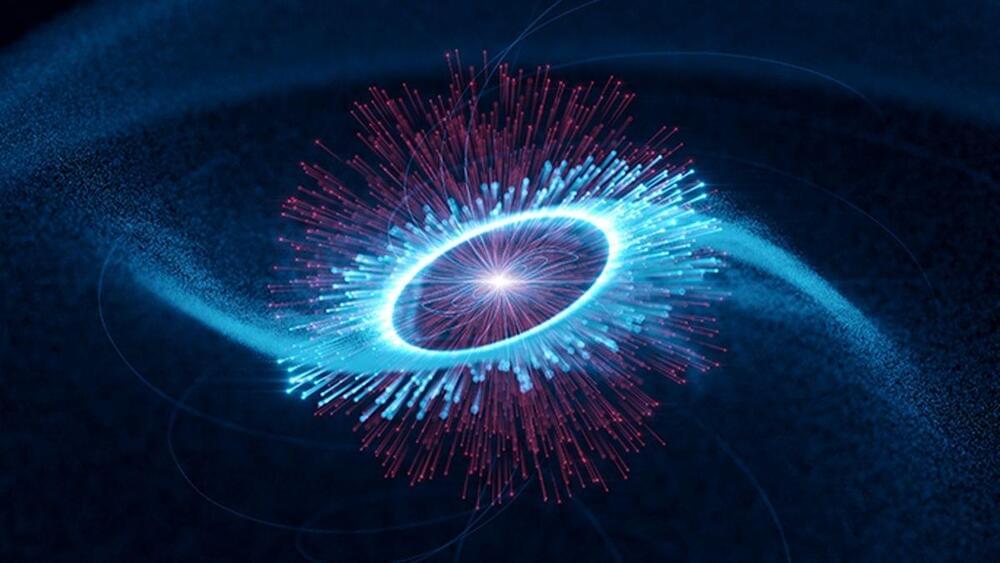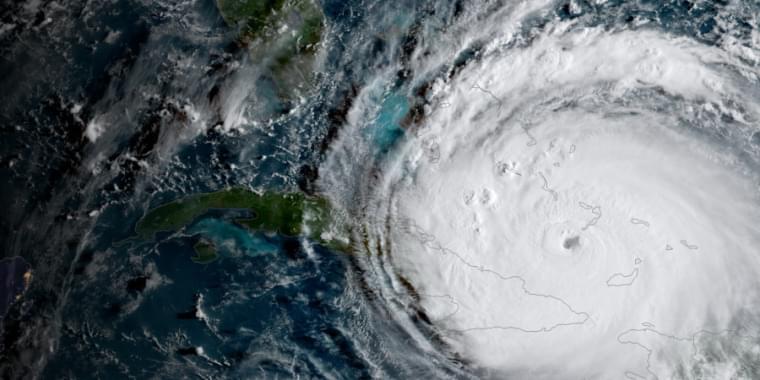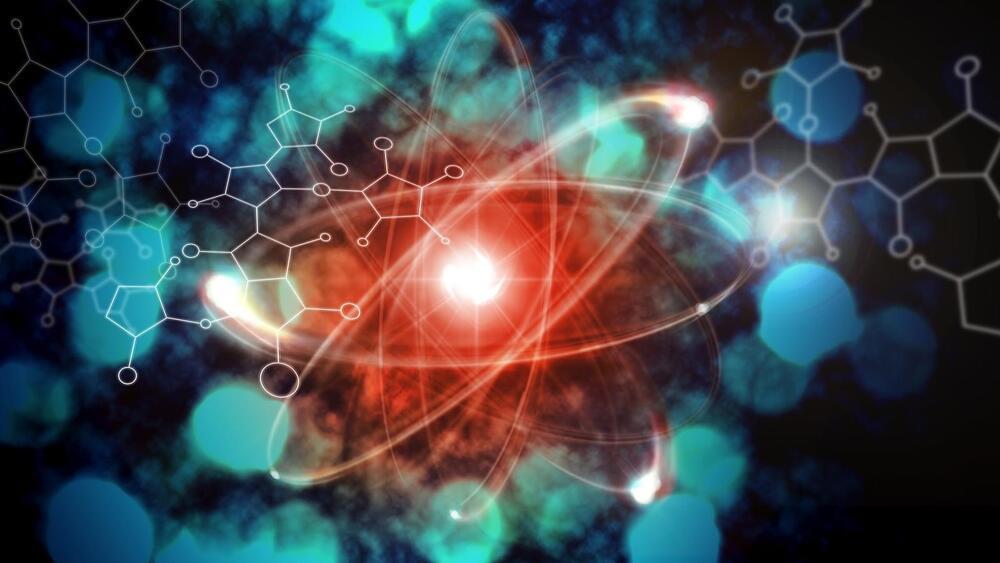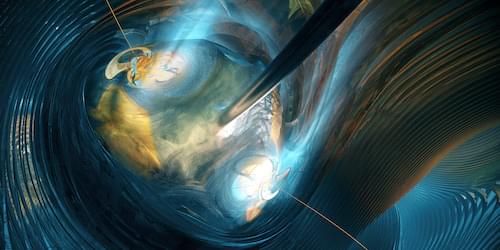The universe is expanding, but why? Dark Energy might be the key in solving this mystery.
Displate Posters: https://displate.com/promo/astrum?art=5f04759ac338b.
Astrum Merch! https://astrum-shop.fourthwall.com/
Join us on the Astrum discord: https://discord.gg/TKw8Hpvtv8
SUBSCRIBE for more videos about our other planets.
Subscribe! http://goo.gl/WX4iMN
Facebook! http://goo.gl/uaOlWW
Twitter! http://goo.gl/VCfejs.
Astrum Spanish: https://www.youtube.com/@astrumespanol.
Astrum Portuguese: https://www.youtube.com/channel/UChn_-OwvV63mr1yeUGvH-BQ
Donate!
Patreon: http://goo.gl/GGA5xT
Ethereum Wallet: 0x5F8cf793962ae8Df4Cba017E7A6159a104744038
Become a Patron today and support my channel! Donate link above. I can’t do it without you. Thanks to those who have supported so far!
#astrum #physics #cosmology #darkenergy #darkmatter #einstein #quintessence
